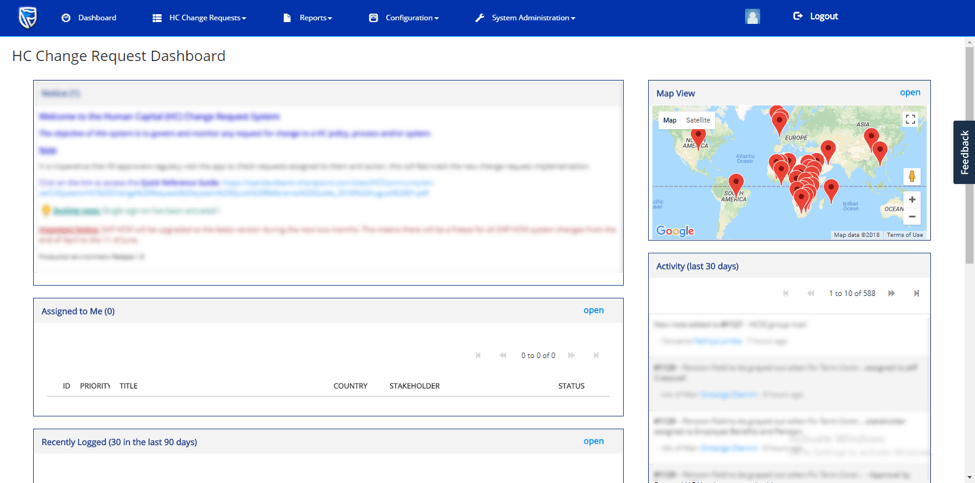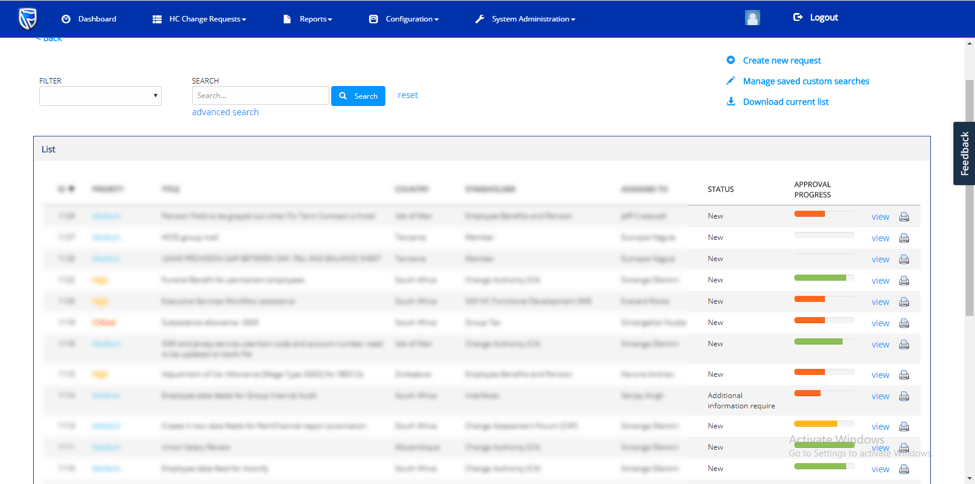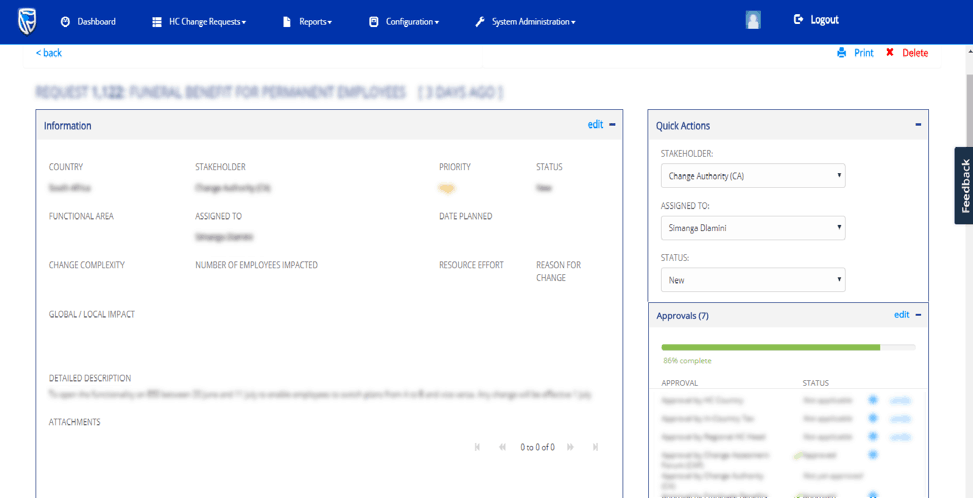In today’s maker profile, we are featuring Schalk Kruger, a classic stack developer that relocated from South Africa to the US to join the Epi-Use Team. Hear how he built a global application for Standard Bank South Africa that integrates with SAP.
1. What is your education and professional background? Did you have any prior development experience?
I am an IT professional with 20+ years experience. I studied a Computer Science National Diploma in South Africa. After my studies, I was employed as a Borland Delphi developer for around eight years.
At a certain point in my career, I wanted to make a change to move closer to client interaction and project management and got involved with Quality Assurance, and with my technical background, specialized in Automation Testing and later QA Management.
I recently relocated from South Africa to the US and I’m currently working as a Mendix Senior developer with two years of Mendix development experience.
2. How were you introduced to Mendix? What was your initial reaction?
I was introduced to Mendix during a roadshow of the Mendix Platform through the EPI-USE Group. I was immediately excited to get involved with Mendix initiatives as the low-code platform offered me the opportunity to continue my love for software development whilst remaining at the forefront of client interaction and project management with its integrated Agile methodologies.
3. What was most helpful for learning Mendix?
The Mendix classroom introduction course was a great way of getting to know Mendix but the most helpful tools were the very extensive online tutorials and especially the online forums and dedicated developer community. After the tutorials, getting your hands dirty with sandbox projects and asking help from the community when you get stuck in the next best approach.
4. What have you built using the platform? Which app/project are you most proud of?
I am part of three major projects across industries but over time have also developed many sandboxes and proof of concept applications.

The application that stands out the most was for Standard Bank South Africa. The client was an internal project team which, at the time, implemented a very large SAP project. The challenge for the team was to manage and get approval for hundreds of change requests which could originate anywhere from 32 different countries across the globe. At the time, a single Excel workbook was maintained. Keeping track of status and approval updates was a huge challenge, to a point where it was actually not accurate or useful at all. Because the SAP implementation project was already tracking a huge number of change requests, time was of the essence. Due to the unique status and approval workflow, we had two choices: the first was to customize an of-the-shelf-solution or second, to develop a new solution. We knew that customizing any existing solution could take just as much effort and time as developing a new solution using the Mendix Platform.

We developed a POC with Mendix in less than two weeks and presented it to the client. They were blown away by the near working solution we developed in such a short amount of time.
Although the POC was a near working solution, we spent a further three months on the project finetuning the approval workflow and status processes and building a very nice UI, SSO integration, Excel export reports, Dashboards with google maps, calendars, task management and automatic email triggers, to name only a few. Mendix also made it easy to develop the project iteratively by deploying a least feasible application to a production environment and then continuously build and add functionality.

Since the project has been live (two years now), uptime is at nearly 100 percent and we have never experienced a system or platform crash.
5. Have you had any “aha moments” using Mendix?
I have had many “aha moments” using Mendix, however, the most recent one that stands out the most was during a certain project where a requirement was needed to build a solution (POC) for a client that needed to integrate with a barcode scanner over a local serial port. With the nature of web development and security concerns, there is no easy way to access a user’s serial port through a browser directly. We scratched our heads for a while and the aha moment was that we could deploy a small node.js script on the client PC which exposed the serial port data over a WebSocket and then used Mendix to develop a widget that can read in real-time the WebSocket messages from the scanner.
6. What advice would you give to other Mendix developers?
I know from experience using a development platform such as Mendix that sometimes it can originally appear that some things are not possible within the platform. My advice is to persist and get involved with the Mendix community. Through their help, I have yet to find something I cannot do in Mendix.
7. How has Mendix made your life easier/better?
Personally, it is living my dream of being a software developer while also being close to client interaction and project management. This is made possible through the Agile methodologies that are built into the Mendix platform. I still enjoy seeing the look on a client’s face when we develop a solution in a very short amount of time.
8. How would you describe Mendix in your own words?
Mendix is not just a software development tool, it is a complete Platform with project management (Agile/SCRUM), version control, team collaboration, resource management, document management, reporting, metrics dashboards, etc. – the list goes on.
9. What are your interests/hobbies outside of work?
I love reading, hiking, and developing pet projects.

